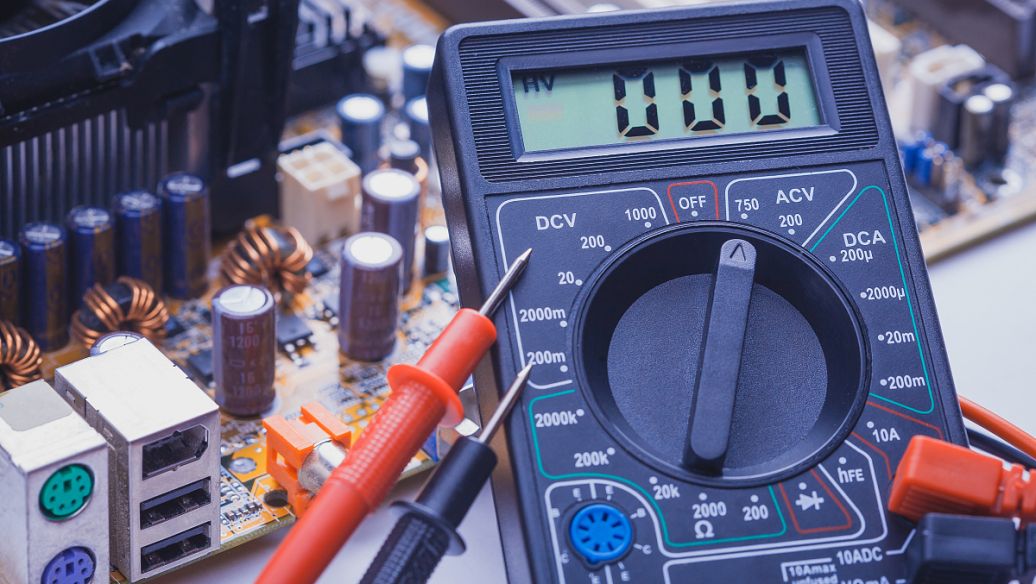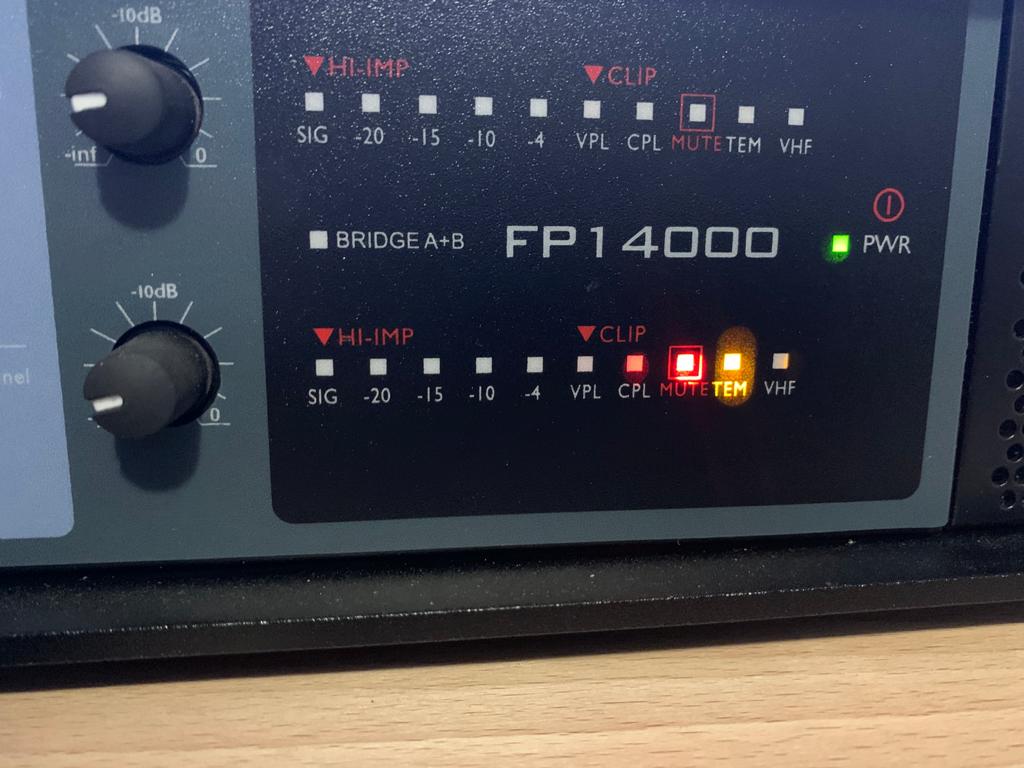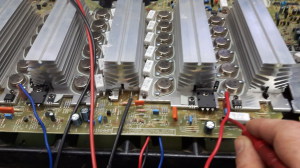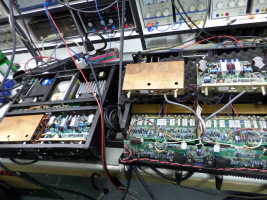
This Fix-It guide on amplifier service describes how audio amplifiers work, common questions, how to identify amplifier problems, and which parts and tools need to be repaired. It then gives a simple step-by-step instruction on how to remove the amplifier and tells you how to check the amplifier and how to clean it. Please also refer to other repair guides for additional amplifier repairs.
How does the amplifier work?
Amplifiers are electronic devices that amplify and control audio sources from built-in AM-FM receivers as well as external CD players, tape players, or other home entertainment devices. The output signal is fed to the audio speaker.
What's wrong with the amplifier?
Amplifiers can make errors, most commonly operator errors. That is, if everything is lit but no sound, the speaker wire may not be connected or the speaker button may not be selected. Otherwise, the power cord may be damaged or the internal fuse may be blown.
One of the most common causes of receiver problems is oxidation of electrical contacts and sockets. A jack is a connector used to fit wires or plugs with circuits. A noise-filled jack or plug does not conduct electricity, so the next connected device does not receive a signal.
Typically, the problem is not the amplifier, but one of the connections between the amplifier and the signal source or speaker. Before attempting to turn on the device and look further, check the continuity of the audio line in and out of the amplifier using a continuity tester or meter.
How do I identify an amplifier problem?
It's easy to identify problems in the amplifier: no power, no sound or bad sound. It is more difficult to find the root of the problem. In some cases, the problem is actually in the audio unit fed into the amplifier, such as a CD player, cassette tape, DVD player, or speaker.
Take our amplifierfor example, we amplifier machine has temperature protection, overvoltage protection, over current protection. If the protection indicator light is on for a long time, it means that one of the component burned out in the amplifier and needs to be replaced, or some cables or component maybe loose.

How to know which component is burned out?
Please measure the voltage point on the related parts of the amplifier according to our solution
In the measuring process, you may need wire out or solder some component, if you don’t know how to do, you could send the amplifiers to repair shop of our after service partner.
If your amplifiers have any problem, please kindly send us a video about the problem firstly. Video is very important for us to solve the problem faster.

Fix tips
The first thing you can try to do is remove all other audio sources from the amplifier and use only the internal receiver to determine whether the machine is plugged in or making a good sound.
Amplifier repair
After opening the chassis, check for loose or burned wires.

Do I need to repair the amplifier?
If you need to turn on the amplifier to clean or replace a fuse or wire, you need to do the following:
Cross Screwdriver
Iron and solder
Electric contact cleaner spray or compressed air canister
What are the steps for amplifier repair?
Amplifiers are assembled from many of the same components as other appliances, so the fixation of the basic components is similar. For example, the power cord may not be powered continuously, switches and controllers may cause problems, and fuses may need to be replaced. However, in general, what the amplifier needs most is simply to clean thoroughly with some canned air and/or contact cleaners.
The first step in securing the internal part in the amplifier is to turn on the device. Most amplifiers are housed in a two-piece housing - top front and bottom rear.
Remove the amplifier:
Amplifier repair
In addition to being able to contact the fuse from the back of the cabinet, many amplifiers include one or more internal fuses.
Make sure to unplug the power cord from the wall socket.
Unscrew the screws on the side, back or bottom to separate the cover from the chassis.
Slide the halves away to expose the internal components installed on the chassis (lower frame).
Check the internal end of the power cord for looseness or damage caused by pulling (common problems) and replace it as needed.
If there is no power supply, but the power cord is OK, look for the internal fuse. Test the fuse and replace it as needed.
Carefully blow away the dust attracted by the electronic components using a can of compressed air. If too much, clean the interior of the device with a vacuum cleaner with a plastic tip (so that fragile parts will not produce static electricity).
Clean the input jack and speaker terminals with an electric contact cleaner. If one of the input jacks is disconnected from the wire, reconnect or re-weld.
Test all fuses with a universal table.
Test all fuses with a universal table.
If these measures do not solve the problem, seek professional help. Modern audio equipment is made from precision components that cannot be repaired. Instead, they were replaced. The audio professional engineer will know what to replace, where to get it, and how to get the job done.

 English
English










